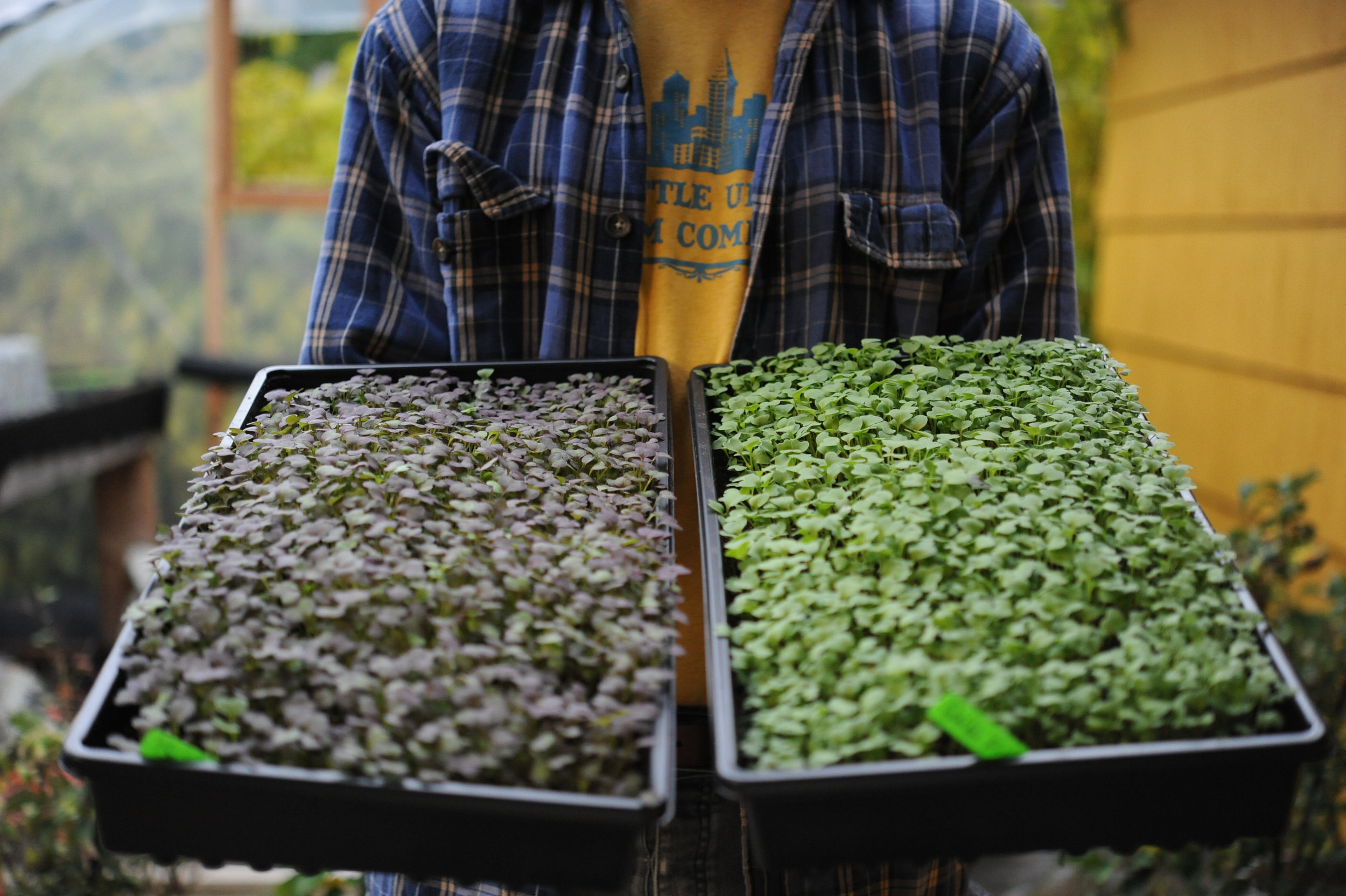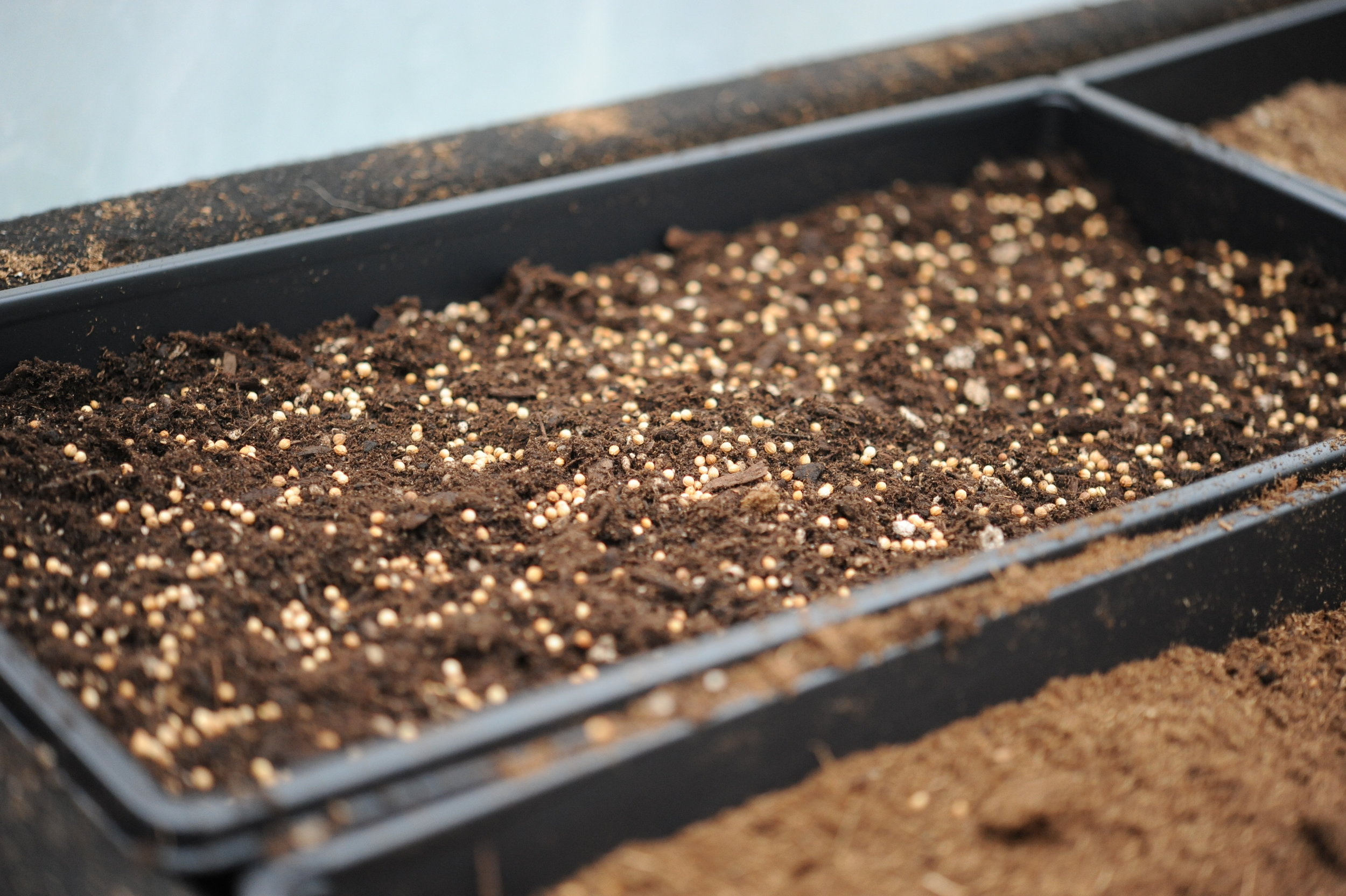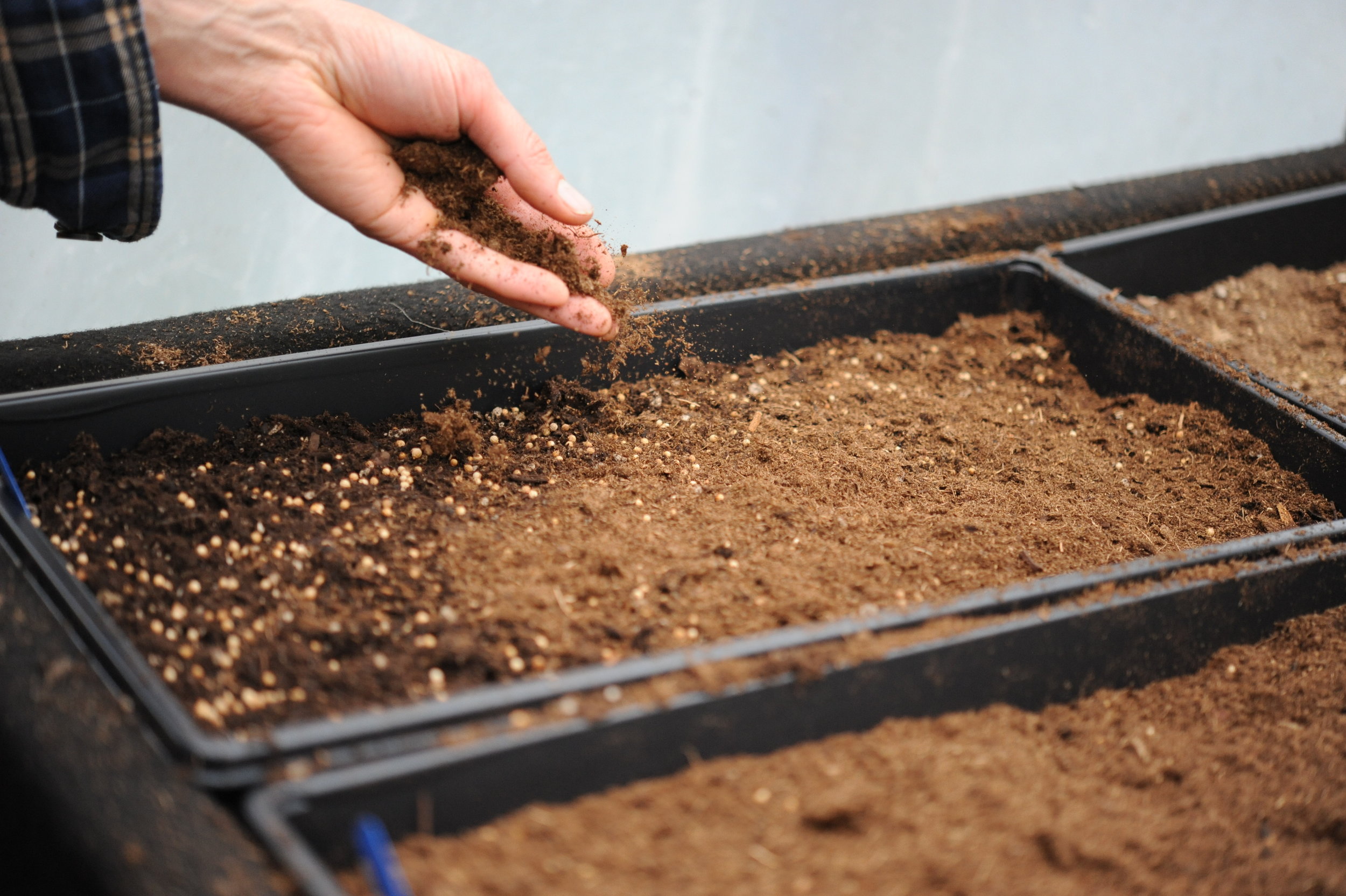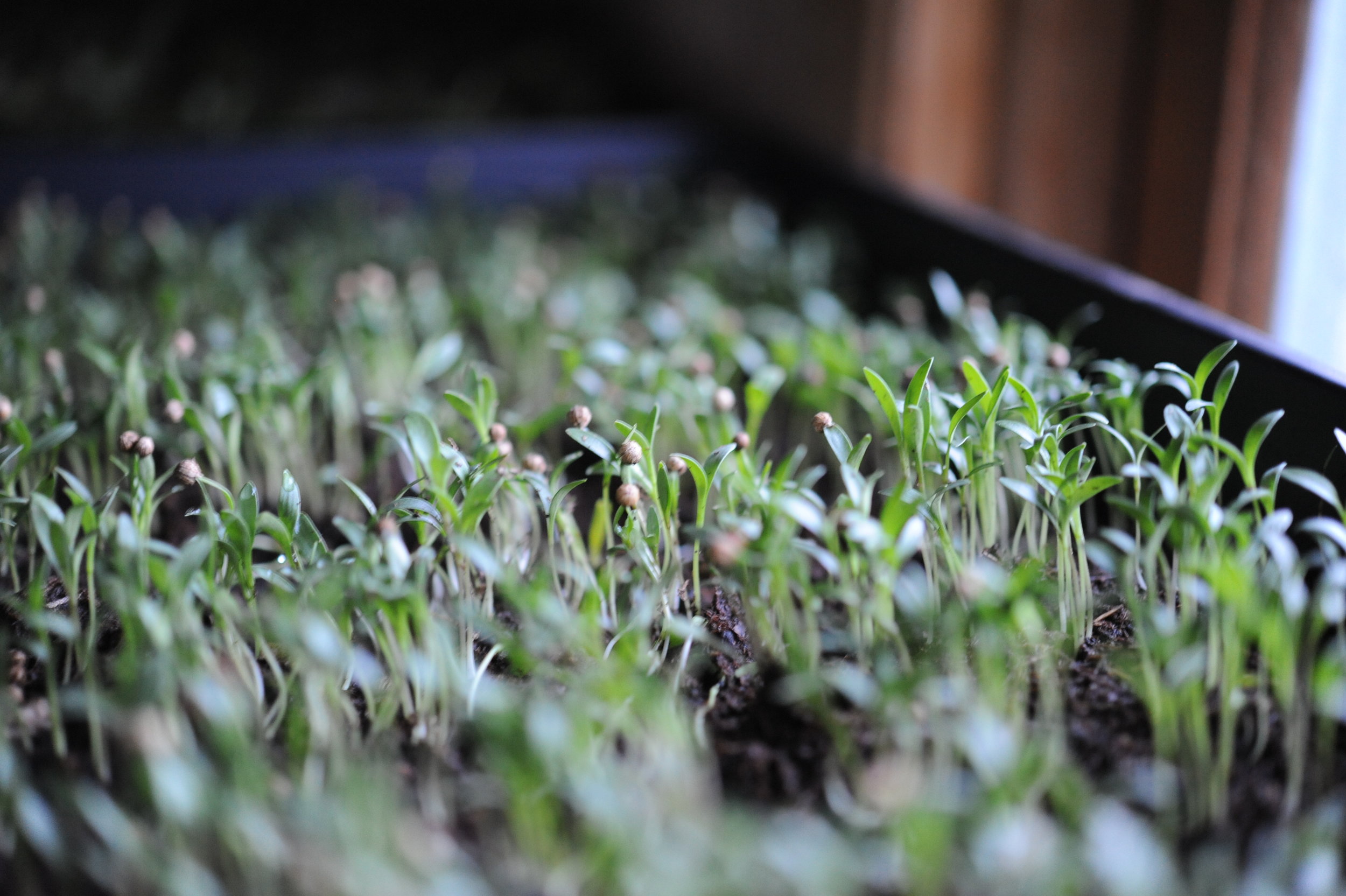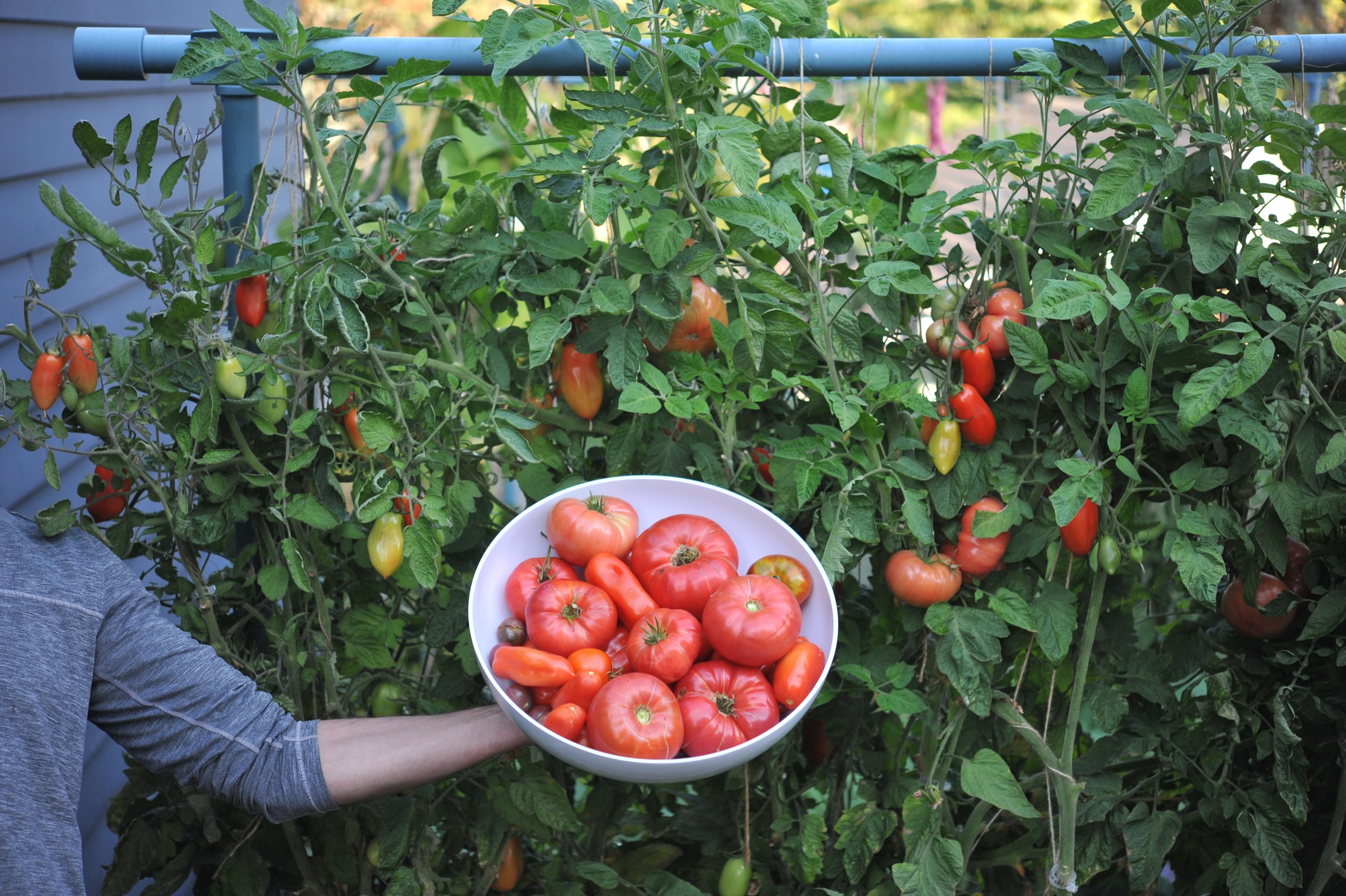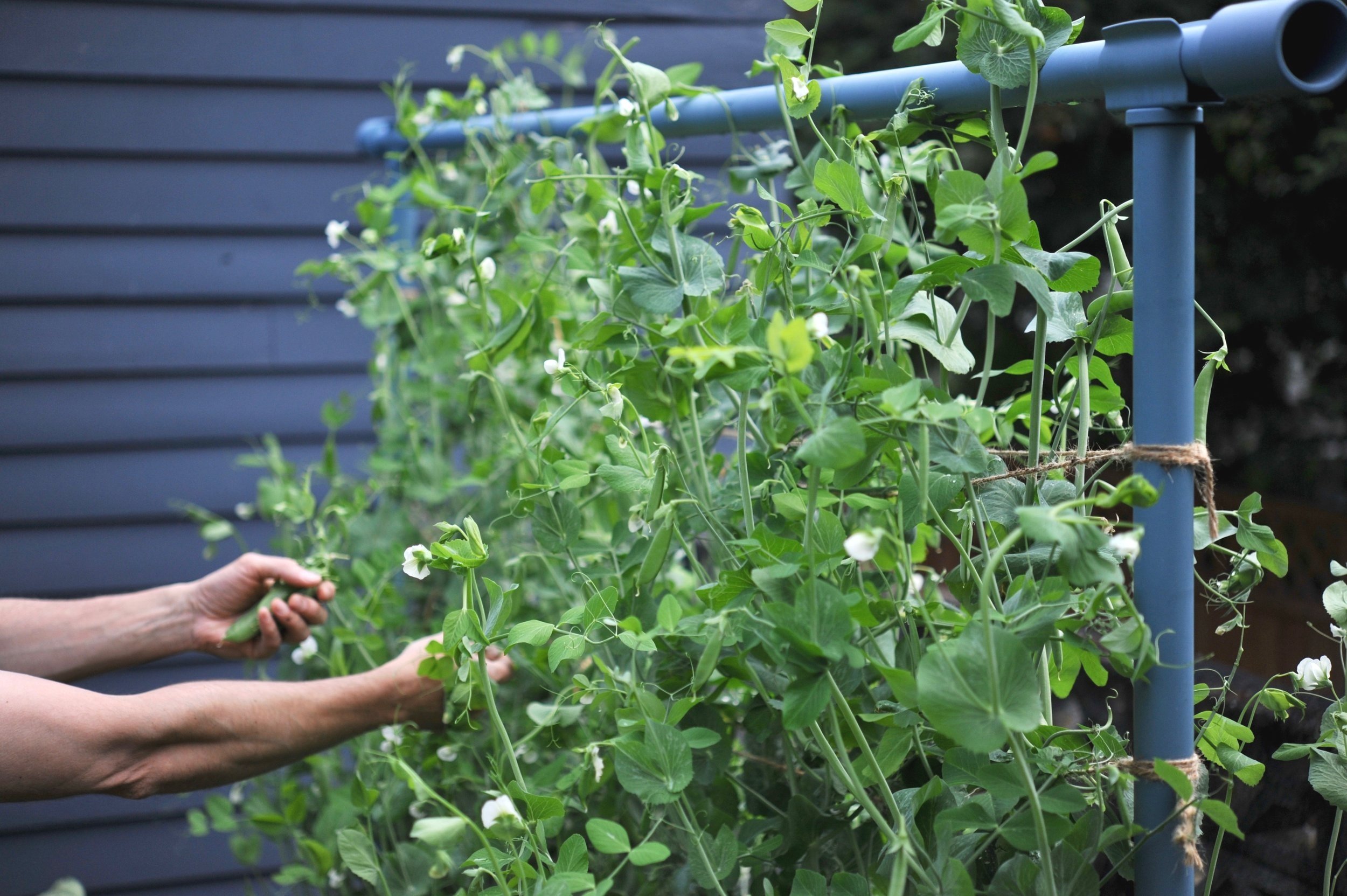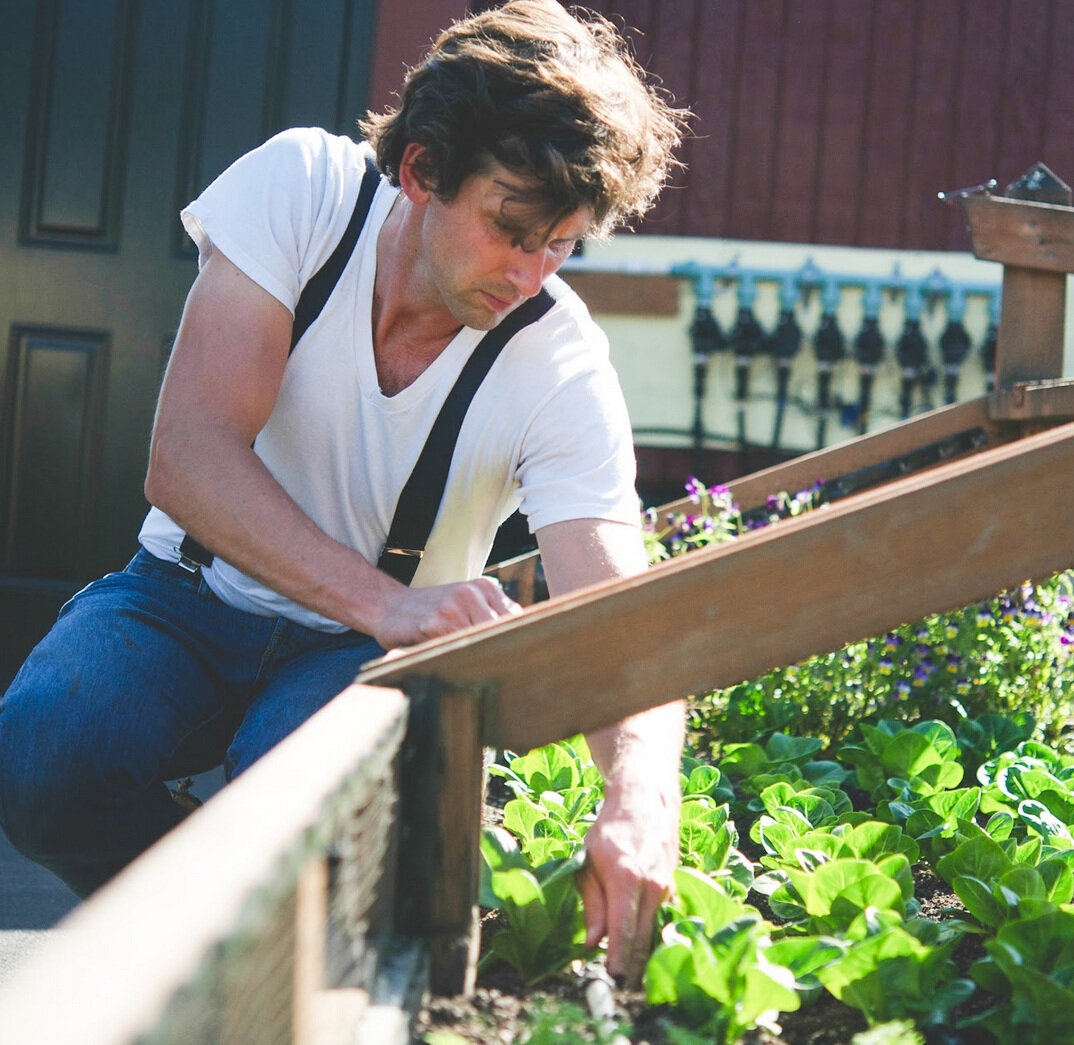Microgreens are a great way to produce food all year long with minimum space and time. In this episode we'll discuss how to grow microgreens and crops that are best suited for this type of production.
HOW TO LISTEN:
Listen right now in your browser by clicking above.
Subscribe in iTunes (or your favorite podcast player) to have our podcasts sent directly to your device.
SHOW NOTES:
In this episode, we discuss:
What microgreen are
Who to grow microgreens
What crop varieties are best suited for microgreen production
Important take-aways:
Microgreens are essentially edible seedlings that are packed with nurients.
Popular microgreens crops are arugula, mesclun mix, mustards, sunflower sprouts, just to name a few. Many crops can be grown as microgreens, but it is important to note that some are better suited than others. For example, any brassica crop can be easily sprouted but the seeds for brassicas such as broccoli and cauliflower are much more expensive and slower growing than mustard greens. Our book, High Yield Vegetable Gardening contains a chart that lists the easiest and best crops for microgreens.
To grow microgreens you need:
Soil mix
Lighting - Microgreens grow well in a window sill, but if you’d prefer to set up grow lights, 8 bulb T5 grow lights set about 6' above the tops of the flats work really well.
Overhead watering works when first seeding the greens, but you’ll want to bottom-water after the seeds are germinated to avoid breaking the stems and covering the plants with dirt.
Depending on the type of greens you’re growing, microgreens take 1-4 weeks from seed to harvest.
Our friends at Seattle Seed Co carry a great selection of microgreen seed and if you want to keep it super simple, they even have starter kits that include everything you need to grow microgreens at home! Use the code EBPODCAST at checkout for 15% off your order, anytime!
Heard on the Episode:
“Sunflower seeds produce some of my all-time favorite micro-greens. The tiny sprouts are succulent and full of nutty flavor. The only issue is that sunflower seeds can be really expensive. Luckily, you can use seed saved from the sunflowers that grow in your garden. One head can sometime produce enough seed for 5-10 flats of greens!” - Hilary Dahl
“I have some winter basil going inside right now, just on my windowsill. The plants are looking a little leggy, but mostly they are doing great. I have noticed that they tend to lean toward the outside light, so I just flip the container around every couple of days. As a side note, I always think it's totally cool to watch plants actually grow toward the light! ” - Kellie Phelan
A few great resources on sprouting:
Like what you hear? Please share our podcast with a friend. Subscribe on iTunes or your favorite podcast player so you never miss a beat. And we'd really appreciate you showing us some love by leaving a rating and review on iTunes.
Have a topic you'd like see us dig in to? Leave us a note in the comment section below or #EBpodcast on Instagram and Twitter!
We need your support to keep make fresh, quality weekly content! Support us here:




